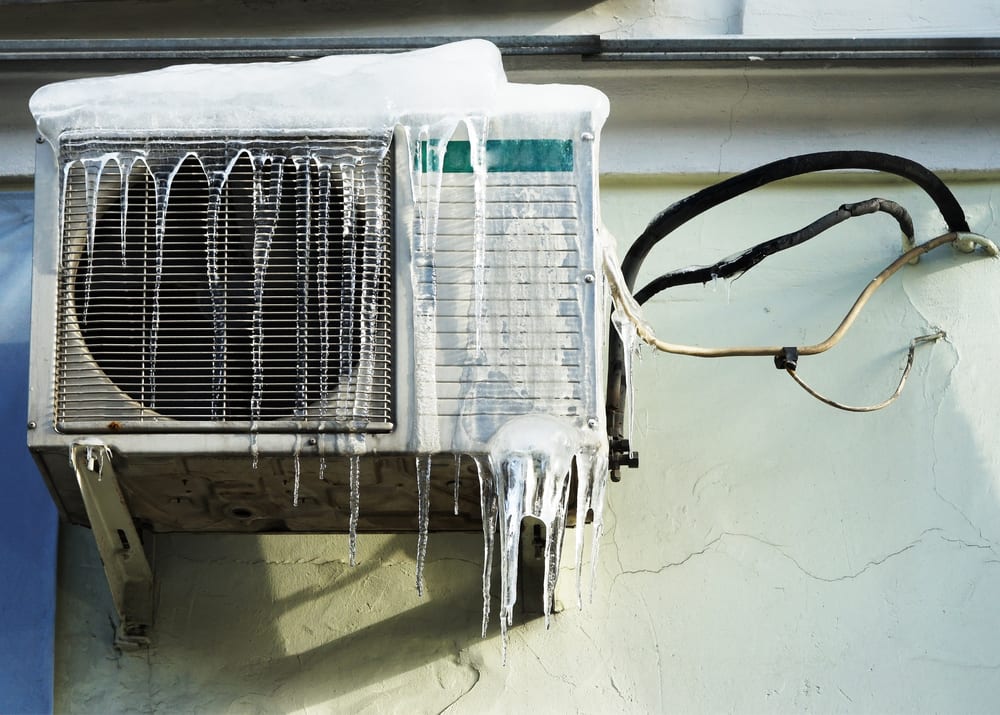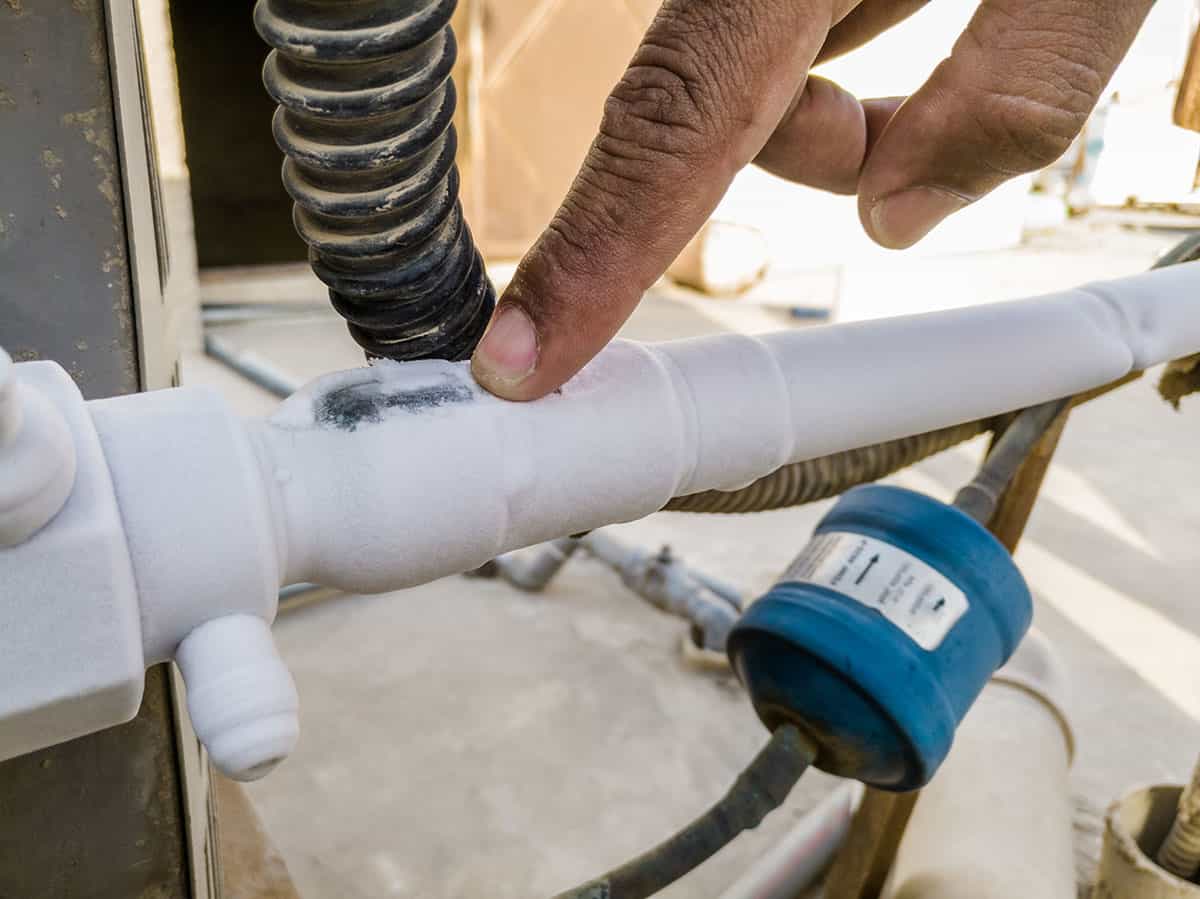Tips for Thawing a Frozen AC Pipe - Restoring Normal Functionality
Tips for Thawing a Frozen AC Pipe - Restoring Normal Functionality
Blog Article
Are you currently interested in ideas concerning How can I fix an air conditioner’s frozen pipe??

Introduction
Discovering that your air conditioner pipe is iced up can be concerning, particularly throughout hot summertime when you rely on your ac unit the most. Understanding what to do in such a circumstance is vital to stop more damages to your cooling system and ensure your convenience indoors.
Recognizing the Causes
A number of factors can add to the freezing of an a/c pipeline. Understanding these reasons can aid you deal with the issue effectively.
Lack of Airflow
One typical reason for an icy AC pipe is inadequate air flow. When the air movement over the evaporator coil is restricted, it can trigger the coil to drop below freezing temperature level, leading to ice development on the pipeline.
Reduced Refrigerant Levels
Insufficient refrigerant levels in your a/c system can also result in a frozen pipeline. Reduced refrigerant levels can trigger the pressure in the system to drop, resulting in the freezing of moisture on the evaporator coil.
Cold Weather Conditions
In cooler environments, freezing temperatures outside can contribute to the cold of air conditioner pipes. If your a/c system is not appropriately insulated or if there are leaks in the ductwork, cold air can penetrate the system, triggering the pipe to ice up.
Dirty Air Filters
Unclean or stopped up air filters can limit air flow in your air conditioner system, resulting in numerous issues, including an icy pipeline. It's necessary to change or cleanse your air filterings system frequently to make certain correct airflow and protect against ice build-up.
Indications of a Frozen A/c Pipe
Identifying the indications of a frozen air conditioner pipeline is important for prompt activity.
Reduced Airflow
If you discover a considerable decrease in air flow from your vents, it could indicate a frozen pipe.
Ice Buildup on the Pipe
Visible ice build-up on the cooling agent line or the evaporator coil is a clear sign of an icy AC pipe.
Unusual Sounds from the Unit
Uncommon noises, such as hissing or gurgling, coming from your a/c device can indicate that there's ice present on the pipeline.
Immediate Actions to Take
When confronted with an icy AC pipe, it's important to act swiftly to prevent additional damages to your cooling system.
Switching off the AC
The initial step is to switch off your a/c to prevent the system from running and intensifying the problem.
Looking for Blockages
Inspect the location around the indoor device for any type of blockages that may be obstructing air movement, such as furnishings or drapes.
Defrosting the Pipe
You can utilize gentle techniques like putting towels taken in warm water around the frozen pipeline to assist thaw it gradually.
Preventive Measures
Taking preventive measures can assist avoid future occurrences of a frozen a/c pipeline.
When DIY Methods Fail
If your attempts to thaw the pipeline or address various other problems are not successful, it's time to call in a specialist.
Relevance of Hiring a Professional HVAC Technician
A certified HVAC technician has the expertise and devices required to diagnose and repair problems with your air conditioner system securely and efficiently.
Regular Maintenance Checks
Schedule regular upkeep checks with an expert HVAC service technician to make certain that your a/c system is running effectively.
Changing Air Filters
Frequently replace or clean your air filters to prevent air movement limitations and keep ideal efficiency.
Insulating Exposed Pipes
If your air conditioner pipes are exposed to chilly temperature levels, consider protecting them to stop cold throughout cold weather.
Looking For Professional Help
If DIY approaches fall short to fix the problem or if you're unclear concerning just how to proceed, it's ideal to look for aid from a qualified HVAC service technician.
Final thought
Taking care of a frozen AC pipeline can be a discouraging experience, but knowing exactly how to respond can help decrease damages and restore convenience to your home. By comprehending the causes, recognizing the signs, and taking punctual action, you can successfully address the issue and stop future incidents.
G UP? HOW TO FIX IT?
It happens all over America. And the rest of the world probably. It’s the hottest day ever and for some darn reason your AC isn’t cooling the house. You fiddle with the thermostat to try and fix the problem. Nada. All you can do now is go outside and check the AC unit. You make your way there and find your air conditioner unit is frozen! But how?
In this post we’ll cover how you can tell that your air conditioner has frozen (other than the obvious reasons), what could have caused the freeze, and some of the things you can do about your AC freezing up. And if you have a frozen heat pump condenser, read our blog about it to learn what to do! But remember, it is always best to avoid your AC freezing up with an AC tune up. And if you are moving into a home, it's critical to get HVAC inspection so that you are aware of an AC problems before you move in.
Keep reading and you may be able to fix the frozen AC yourself. If you can’t, call an HVAC specialist. If you live in Maryland, call SuperTech HVAC for AC repair. We’ll take care of it.
How Does An Air Conditioning Unit Work?
How you probably imagine an AC works is wrong. Contrary to popular belief, an AC system does not inject cool air into a building. Instead, it removes the heat from inside and transfers it outside. Cool huh? (Pun intended).There are 4 major components among the 3 stations of an air conditioning system: the evaporator coil, the compressor, the condenser, and the refrigerant – a special chemical that links everything together through a closed loop system.
Station 1:
Warm indoor air is sucked into the return vent, through a filter, and blows over the evaporator coil. The heat is absorbed into the cold refrigerant, turning it from liquid to gas. The air, which is now cool, is blown back into the home to areas that your thermostat, i.e. you, has decided.
Station 2:
The refrigerant makes its way outside the house to the compressor, which squeezes the warm refrigerant, raising its gaseous temperature even more.
Station 3:
When the super hot vapor refrigerant reaches the condenser, the last step, the heat is expelled and absorbed into the outdoor air. The refrigerant instantly cools, which changes it from gas back to liquid form. The cold liquid refrigerant is now ready to return to station 1 and repeat the process.
Is Your AC Freezing Up? Here Are The Signs:
As you may have guessed, your air conditioner unit freezing up on a hot day is not normal.
If this happens, there's no need to panic. Often the issue can be solved with a little troubleshooting. If the AC unit is left frozen for too long however, you may find yourself with a bigger problem.
First things first, how do you know your AC is frozen?
Well, the obvious sign is the ice on your refrigerant line-set pipe. Simply check between your outdoor AC unit and your home's exterior wall to see whether your AC line frozen.
You might also have a frozen evaporator coil. This one's not as easy to check. You'll need to open a panel on the indoor unit to inspect. Don't do this unless you're handy. If you aren't, call an HVAC pro like SuperTech HVAC or you may damage something in the process.

I'm just very excited about What Do I Do If My AC Pipe Is Frozen and I really hope you enjoyed my entry. So long as you enjoyed reading our blog entry kindly make sure you remember to pass it around. I value reading our article about Have a Frozen AC Line? Here’s How to Fix It.
Schedule Here Report this page